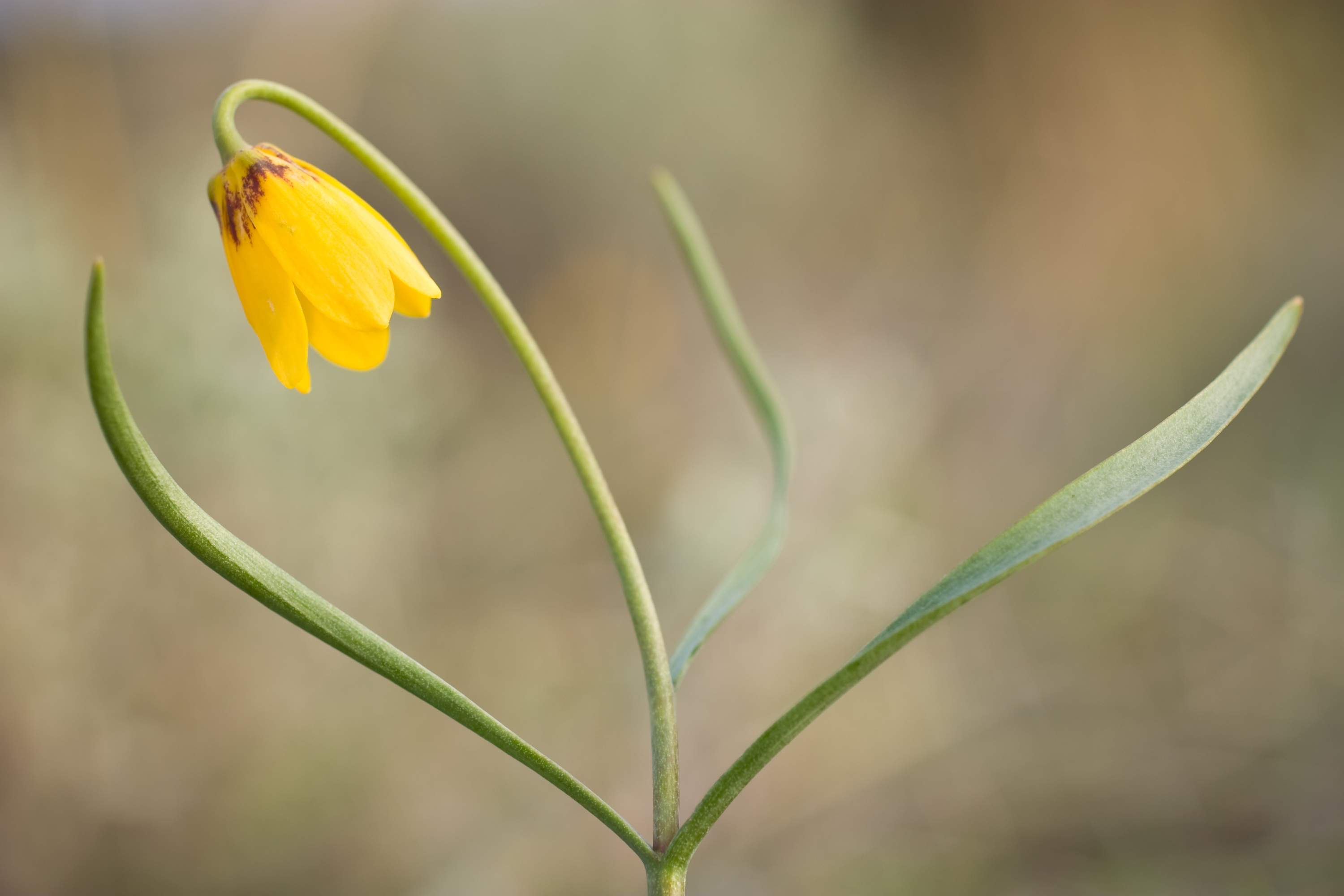Yellow missionbells
(Fritillaria pudica)

Description
Fritillaria pudica, the yellow fritillary, is a small perennial plant found in the sagebrush country in the western United States (Idaho, Montana, Oregon, Washington, Wyoming, very northern California, Nevada, northwestern Colorado, North Dakota and Utah) and Canada (Alberta and British Columbia).It is a member of the lily family Liliaceae. Another common (but somewhat ambiguous) name is "yellow bells", since it has a bell-shaped yellow flower. It may be found in dryish, loose soil; it is amongst the first plants to flower after the snow melts, but the flower does not last very long; as the petals age, they turn a brick-red colour and begin to curl outward. The flowers grow singly or in pairs on the stems, and the floral parts grow in multiples of threes. The species produces a small bulb, which forms bulblets earning the genus the nickname 'riceroot'.During his historic journey, Meriwether Lewis collected a specimen while passing through Idaho in 1806. The bulb can be dug up and eaten fresh or cooked; it served Native Americans as a good source of food in times past,and is still eaten occasionally. Today these plants are not common, so digging and eating the bulbs is not encouraged. The plant is called in Sahaptin.
Taxonomic tree:







